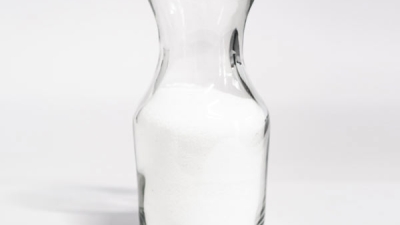Understanding Apam Anionic Polyacrylamide: Properties, Applications, and Market Trends in 2023
Table of Contents
- Understanding the Chemical Properties of Apam Anionic Polyacrylamide for Diverse Applications
- Key Applications of Apam Anionic Polyacrylamide in Water Treatment and Oil Recovery
- Evaluating the Market Demand for Apam Anionic Polyacrylamide: Trends and Insights for 2023
- Impact of Regulatory Standards on the Production and Use of Apam Anionic Polyacrylamide
- Competitive Landscape: Major Players in the Apam Anionic Polyacrylamide Market in 2023
- Future Innovations and Technological Advances in Apam Anionic Polyacrylamide Production
- Unlocking the Potential of Anionic Polyacrylamide: Applications, Benefits, and Future Trends
- FAQS
- Conclusion
- Related Posts
When it comes to water treatment and a bunch of other industrial jobs, Apam Anionic Polyacrylamide has really become a go-to polymer. It’s known for boosting the efficiency and effectiveness of lots of processes, and people are definitely noticing in 2023. This versatile ingredient, with its unique properties, is more popular than ever, reflecting some of the cool trends happening in the chemical market right now. At QINGDAO OUBO CHEMICAL CO., LTD, a company that’s been around since 2011, they’re actually leading the way by offering cationic, anionic, and nonionic polyacrylamides. In this blog, I’ll take you through what makes Apam Anionic Polyacrylamide such an important player—its properties, how it’s used, and why it matters both in traditional industries and some of the newer ones. So, let’s dive in and see how this stuff is really changing the game in today’s industrial scene.
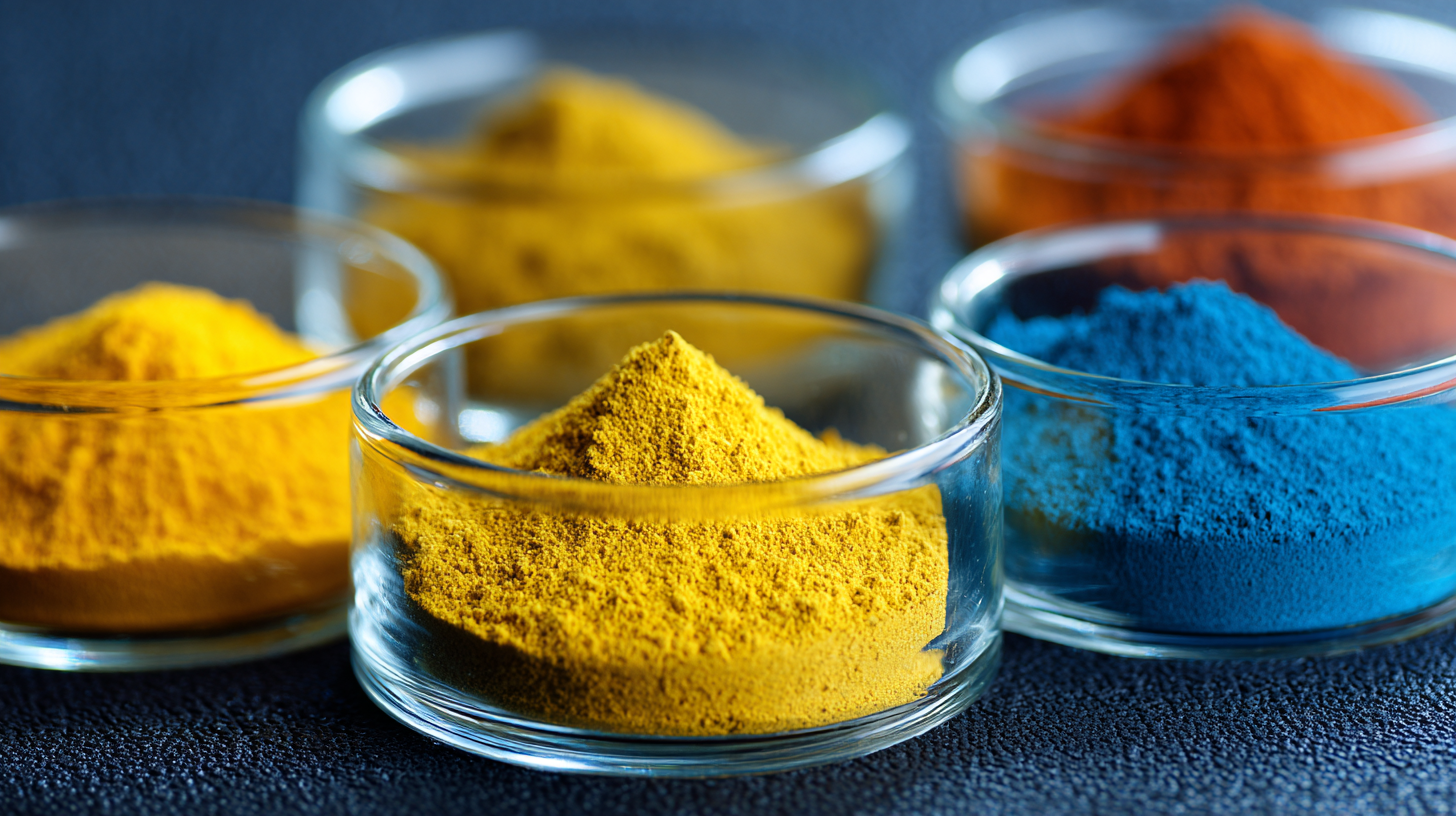
Understanding the Chemical Properties of Apam Anionic Polyacrylamide for Diverse Applications
So, you know Apam anionic polyacrylamide, or PAM for short? It’s this water-soluble polymer with some pretty unique chemical traits that make it super versatile across a bunch of different uses. Because it’s anionic, it’s really good at interacting with positively charged particles, which is especially handy when you're dealing with water treatment. Basically, it helps thickening things up and clumping particles together better—that’s why it’s a key player in stabilizing suspensions and speeding up sediment settling. As industries look for greener options, demand for Apam PAM is definitely on the rise—mainly because it’s biodegradable and eco-friendly.
But hey, it’s not just about water treatment. Farmers love it too! It's used in agriculture to help condition soil and boost moisture retention, which can really give crop yields a boost. Plus, in construction, it shows up in cement mixes—it helps prevent water loss and makes working with concrete smoother. Come 2023, with more strict environmental rules and a bigger focus on sustainability, Apam PAM's chemical qualities make it an important ingredient across industries, sparking innovation and driving market growth overall.
Key Applications of Apam Anionic Polyacrylamide in Water Treatment and Oil Recovery
You know, anionic polyacrylamide (APAM) is really gaining recognition these days for its pretty important roles in
water treatment and oil recovery. In water treatment, for instance, APAM acts as a flocculant—basically
helping tiny particles clump together, so they can be easily removed. That’s a game-changer because it cuts down
pollutants and makes water cleaner, whether we're talking about big factories or municipal sewage. Plus, because it speeds up sedimentation, the whole process becomes more efficient—saving both
time and money, which is a big win.
When it comes to oil recovery, APAM is also pretty impressive. It’s especially useful in secondary and tertiary recovery efforts. For example, during water flooding, it helps lower the viscosity of the injected water, which makes it easier to push the oil out of the reservoir. This is especially important in older fields where oil recovery tends to slow down—a real lifesaver in those situations.
Pro tip: When you're choosing APAM for your specific needs, keep an eye on things like molecular weight
and anionic charge density—these factors really impact how well it works.
Also, with more companies pushing for greener, more sustainable practices, demand for eco-friendly solutions like APAM is definitely on the rise.
Incorporating this polymer into your operations not only helps you stay compliant with regulations but can also boost overall efficiency.
Another tip: Make sure to regularly check how much APAM you're using and watch its effects. That way, you get the best results without overspending or causing
issues in your system.
Evaluating the Market Demand for Apam Anionic Polyacrylamide: Trends and Insights for 2023
You know, the demand for Apam Anionic Polyacrylamide (APAM) is really picking up as different industries start to recognize just how useful and versatile this stuff actually is. In 2023, we're seeing quite a bit of growth in the market — mainly because it’s super effective at improving water treatment and helping stabilize soils in farming. Definitely a trend that’s mirrored in other areas too, like non-silicone resins, which are expected to grow at a solid CAGR of around 7% between 2024 and 2030.
For businesses thinking about jumping into the APAM scene, it’s really important to understand who else is out there and what’s happening in the market. Innovation and coming up with new products should be a top priority so companies can keep up with the changing needs of their customers. Trying to expand into different areas—think mining or wastewater cleanup—could open up some pretty awesome growth opportunities.
Here’s a little tip: Keep an eye on the latest industry reports and don’t miss out on trade shows. Making connections with other pros in the field can lead to some great insights and future partnerships that might just give your business a leg up. Oh, and investing in R&D is definitely worth it if you want to stay ahead of the game in this emerging APAM market.
Understanding Apam Anionic Polyacrylamide: Properties, Applications, and Market Trends in 2023
| Dimension | Data |
|---|---|
| Global Market Size (2023) | $1.5 Billion |
| Projected Growth Rate (2023-2028) | 5.2% CAGR |
| Key Application Areas | Water Treatment, Oil & Gas, Agriculture |
| Leading Region | North America |
| Market Challenges | Environmental Regulations, Raw Material Availability |
| Major Consumer Segment | Industrial Sector |
Impact of Regulatory Standards on the Production and Use of Apam Anionic Polyacrylamide
You know, the rules around producing and using Apam Anionic Polyacrylamide, or APAM, are getting tougher all the time — and it's mainly because people are really starting to worry about the environment. Recent research has shown that even small amounts of APAM can mess with the early life stages of sensitive aquatic creatures, like Atlantic cod. That’s raising some red flags among regulators, especially since APAM is heavily used in enhanced oil recovery (EOR) processes, which is a big market for this chemical.
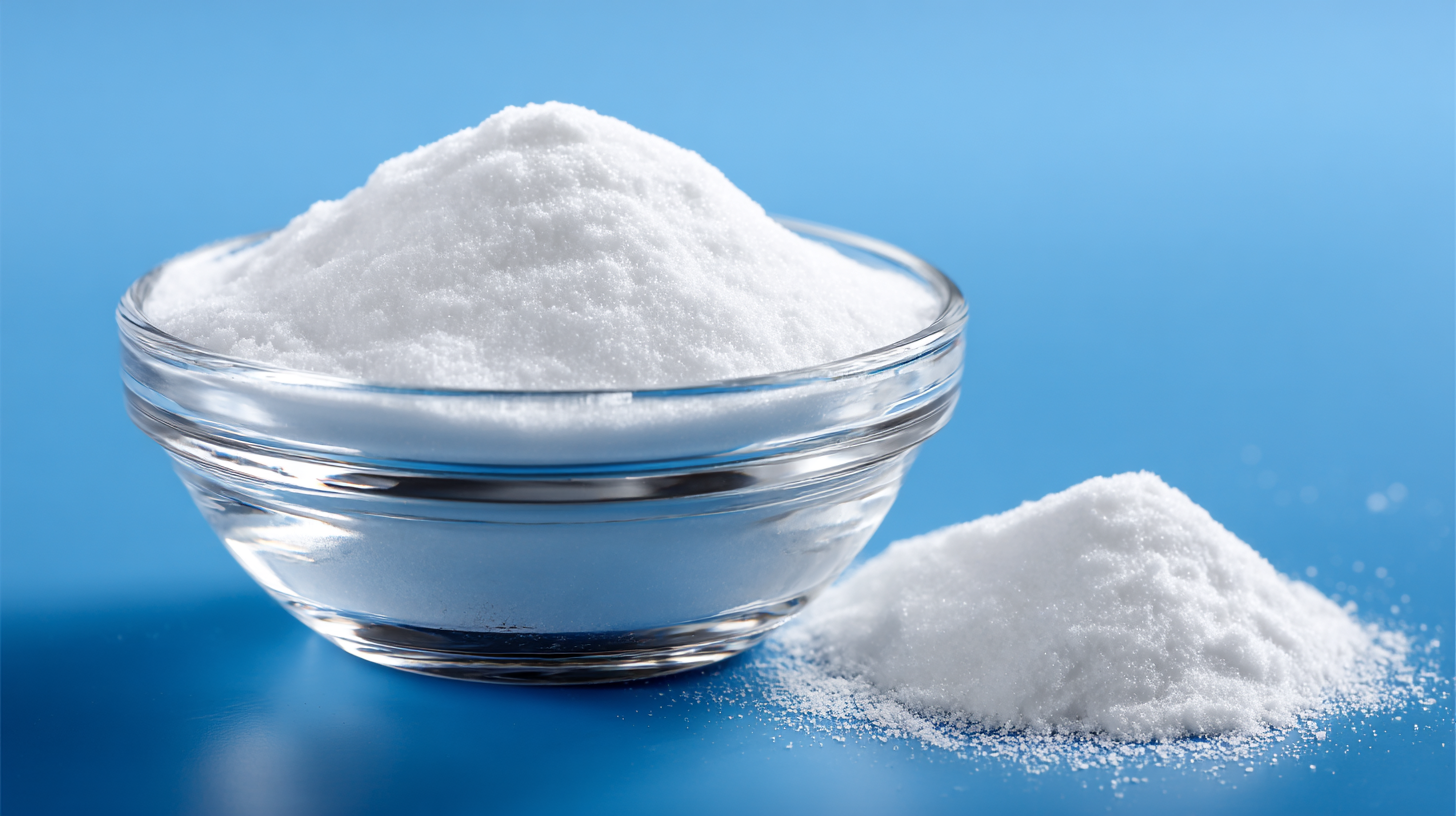
On the global front, the APAM market’s expected to grow quite a bit, but these tighter regulations could throw a wrench in production levels and how formulas are put together. Some of the latest data even suggest that at certain doses, the 200 kDa anionic polyacrylamide can be toxic — which is making manufacturers rethink their safety protocols and how they’re complying with environmental rules. Experts are saying that companies will probably have to get creative about changing their methods to cut down on ecological punches — because balancing high performance in EOR while staying eco-friendly is going to be the big challenge moving forward. Basically, how these companies adapt now will shape whether APAM applications stay sustainable in the long run.
Competitive Landscape: Major Players in the Apam Anionic Polyacrylamide Market in 2023
Back in 2023, the Apam Anionic Polyacrylamide market is really heating up, thanks to the growing need for more effective water treatment options and better agricultural practices. Companies are putting a lot of emphasis on innovation and sustainability — they know that to stand out, they gotta keep things eco-friendly. You'll see businesses pouring resources into R&D to develop smarter formulations that not only work better but also keep environmental impact in check. It’s part of a bigger trend where consumers are becoming more conscious about the products they buy, especially in the chemical world.
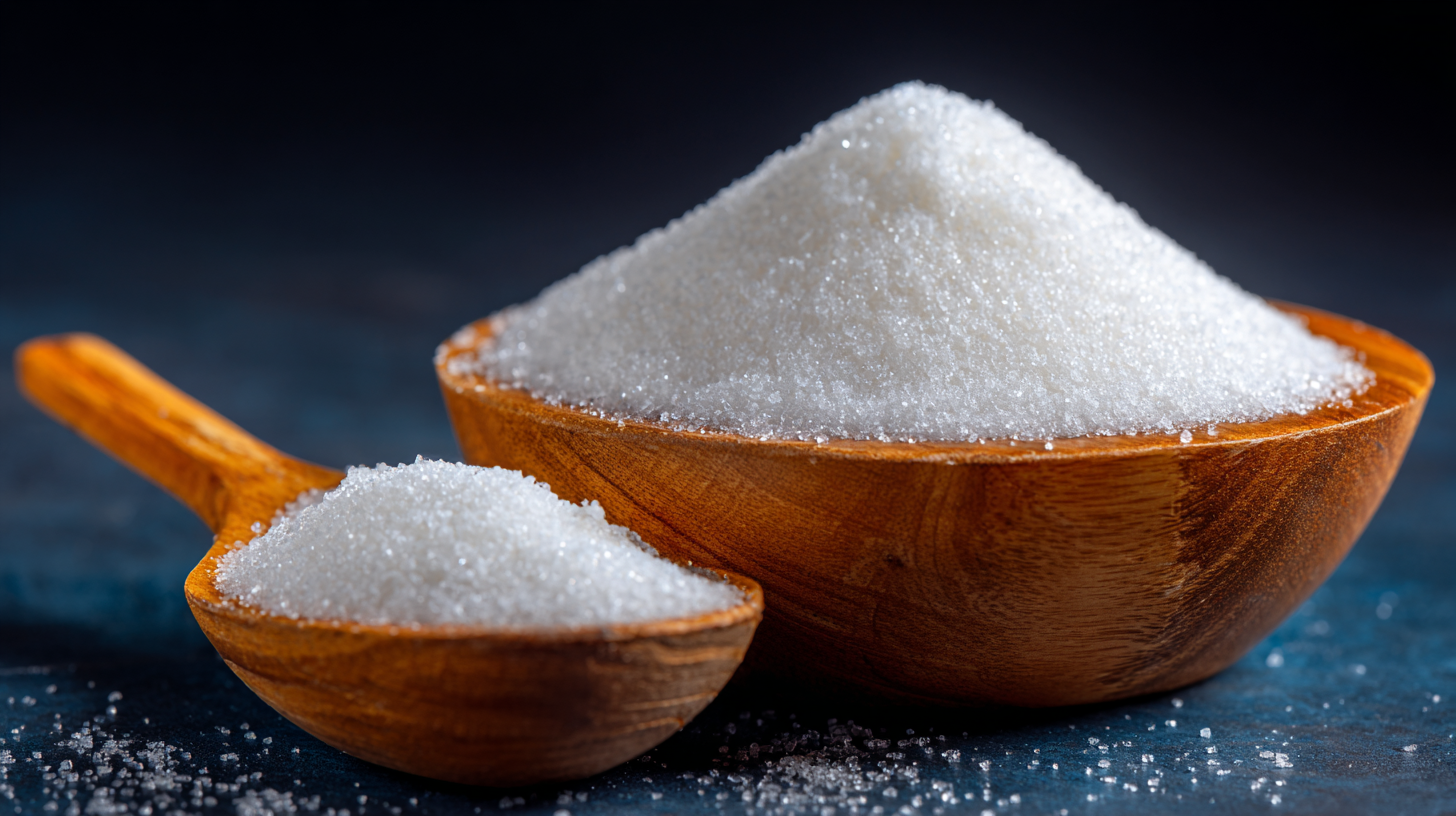
One company that’s making waves here is QINGDAO OUBO CHEMICAL CO., LTD. They’ve been around since 2011 and specialize in different types of polyacrylamide — like anionic, cationic, and nonionic. Over the years, they’ve built a pretty solid reputation for offering top-notch products that fit a wide range of industry needs. As the market keeps changing, Oubo Chemical stays pretty focused on upgrading their products, keeping up with the latest trends, and making sure they meet what customers are looking for. With their expertise and dedication to customer satisfaction, they’re definitely in a good spot to thrive in the competitive Anionic Polyacrylamide scene this year.
Future Innovations and Technological Advances in Apam Anionic Polyacrylamide Production
Looking ahead, the future of Apam anionic polyacrylamide production definitely looks bright. Thanks to ongoing innovations in polymer chemistry and some pretty cool advances in manufacturing tech, things are moving fast. More and more industries are actually craving sustainable solutions these days, so there's a shift happening—people are leaning toward bio-based raw materials and greener production methods. Stuff like green synthesis isn't just a fancy buzzword; it really boosts how efficiently we make Apam while keeping things eco-friendly. It’s pretty much in line with the global push for sustainability, which is awesome.
On top of that, smart tech like automation and process optimization is about to shake things up in the Apam industry. Using AI and automated systems can help streamline everything, cut down on waste, and make the quality of the product more consistent. These tech upgrades mean manufacturers will be able to react a lot faster to what the market needs—without sacrificing reliability. All in all, I think we’re gonna see a big jump in demand for Apam, especially given how versatile it is—whether it’s treating water, conditioning soil, or even helping out in oil recovery. The future’s looking pretty promising, honestly.
Unlocking the Potential of Anionic Polyacrylamide: Applications, Benefits, and Future Trends
Anionic polyacrylamide (APAM) is making waves across various industries by revolutionizing solid-liquid separation processes. As a powerful flocculating agent, APAM is primarily utilized in the clarification, concentration, and dewatering of sludge, proving indispensable in sectors such as urban sewage treatment, paper production, food processing, petrochemical, and metallurgy. This versatile polymer works by enhancing the aggregation of particles, significantly improving the efficiency and effectiveness of separation operations.
The benefits of incorporating anionic polyacrylamide in industrial processes are substantial. Not only does it aid in achieving superior water quality, but it also reduces the volume of waste generated, leading to a more sustainable approach to resource management. The use of APAM can optimize the dewatering processes, resulting in lower operational costs and minimized environmental impact. As industries continue to strive for efficiency and sustainability, the demand for effective flocculating agents like APAM is likely to grow.
Looking towards the future, the trend of increasing industrial waste regulations will likely enhance the adoption of anionic polyacrylamide. Its applications are set to expand with ongoing research into its efficacy across new sectors and processes. As manufacturers seek to innovate and improve their separation techniques, APAM stands out as a critical tool on the path to achieving cleaner and more efficient operations.
FAQS
pam Anionic Polyacrylamide in 2023?
Businesses should prioritize innovation, product development, and the diversification of applications, particularly in sectors like mining and wastewater treatment, to meet evolving customer needs.
Key trends include a focus on innovation, sustainability, and the adoption of eco-friendly products as companies invest in research and development to enhance performance while minimizing environmental impact.
One notable player is QINGDAO OUBO CHEMICAL CO., LTD, known for its specialization in various forms of polyacrylamide and a commitment to high-quality products tailored to industry needs.
Innovations in polymer chemistry, advancements in manufacturing technologies, and the use of bio-based raw materials are key factors driving the future of Apam production.
The market is likely to grow as industries increasingly seek sustainable solutions, facilitated by the development of environmentally friendly production processes and green synthesis methods.
Technological advances such as automation and process optimization are expected to streamline operations, reduce waste, and improve product quality, allowing manufacturers to meet market demands more efficiently.
APAM is particularly effective in water treatment, soil conditioning, and enhanced oil recovery, showcasing its versatility across various applications.
Companies should stay informed about market trends, network with professionals, and consider investing in R&D to enhance their strategies and remain competitive in the evolving Apam market.
Conclusion
In this blog, I want to take a closer look at Apam Anionic Polyacrylamide, especially its many different properties and how it's used across various industries. You know, it's pretty important—especially when it comes to water treatment and oil recovery. The chemical features of Apam Anionic Polyacrylamide really make it a go-to ingredient for boosting efficiency in these areas. And if we look at 2023, the market demand is being shaped by stricter regulations and a big push towards more sustainable methods. That’s both a challenge and a huge opportunity for companies like Qingdao Oubo Chemical Co., Ltd., which has been supplying a range of polyacrylamides since way back in 2011.
On top of that, I’ll also break down the competitive landscape—who the main players are, what strategies they’re using, especially when it comes to innovation and technology. As the industry moves forward, we can expect some pretty exciting developments that will make Apam Anionic Polyacrylamide even more effective and eco-friendly. All of this points to its vital role in tackling today’s water and energy issues, no doubt.
Related Posts
-

How to Optimize Your Processes with Best Anionic Polyacrylamide Tech Grade for Maximum Efficiency
-

How to Maximize After Sales Support and Minimize Maintenance Costs for Best Apam Anionic Polyacrylamide
-
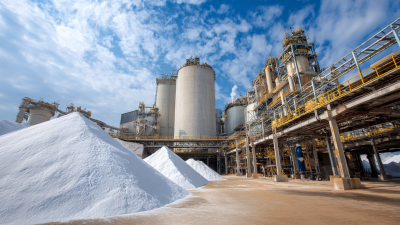
Understanding Anionic Polyacrylamide Flocculant Price Trends in Various Industries
-
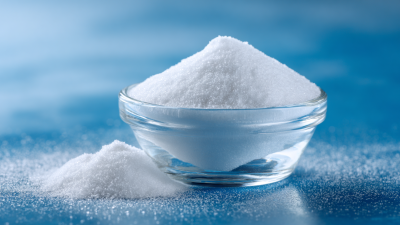
The Future of High Molecular Weight Polyacrylamide: Innovations Shaping Our Industry
-

How to Effectively Use Chemical Flocculant for Improved Water Treatment
-
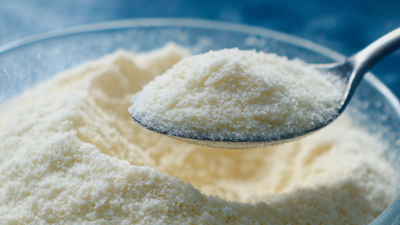
Unlocking the Advantages of Polyacrylamide Complex: A Game Changer for Industry Efficiency
Blog Tags:

Liam
-

Phone
-

E-mail
-

Whatsapp
-

WeChat
Jessy Lin
Paul Zhou:8613356391894 Eric Wong:8615963245439Emily Wu:8617866856171
-

WeChat
Paul Zhou

-

WeChat
Eric Wong

-

WeChat
Emily Wu


